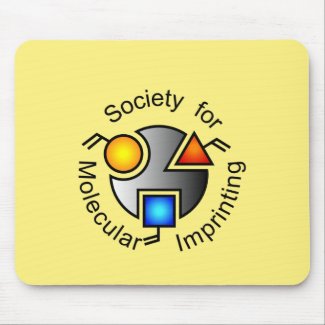
Authors: Wang YH, Zang DJ, Ge SG, Ge L, Yu JH, Yan M
Article Title: A novel microfluidic origami photoelectrochemical sensor based on CdTe quantum dots modified molecularly imprinted polymer and its highly selective detection of S-fenvalerate.
Publication date: 2013
Journal: Electrochimica Acta
Volume: 107
Page numbers: 147-154.
DOI: 10.1016/j.electacta.2013.05.154
Alternative URL: http://www.sciencedirect.com/science/article/pii/S001346861301116X
Abstract: Driven by the urgent demand of high-selectively point-of-care testing device for pesticide, molecular imprinting-photoelectrochemistry (MI-PEC) was introduced into microfluidic paper-based analytical strategy to design a novel paper-based photoelectrochemical (paper-based PEC) protocol. The MI-PEC strategy was constructed based on CdTe quantum dots dotted molecular imprinted polymers (CdTe QDs@MIPs), and triggered by a common ultraviolet lamp (~365 nm, 50$). The paper-based PEC sensor was fabricated by immobilizing CdTe QDs@MIPs on paper-based screen-printed working electrodes (WEs) via gold nanoparticles (Au NPs), which was electrodeposited on the surface of WE to improve the electron transfer efficiency for high sensitivity. Using S-fenvalerate as model analyte, the produced photocurrent from the proposed paper-based MI-PEC sensor upon ultraviolet radiation decreased with the increasing concentrations of S-fenvalerate solution, and the quenched paper-based MI-PEC showed a low detection limit of 3.2 x 10-9 mol L-1. This study has made a successful attempt in the development of highly selective and sensitive photoelectrochemical sensor for S-fenvalerate monitoring
Template and target information: S-fenvalerate
Author keywords: Microfluidic paper-based analytical device, S-fenvalerate, Photoelectrochemical, CdTe Quantum dots, molecular imprinted polymer, gold nanoparticles



Join the Society for Molecular Imprinting

New items RSS feed
Sign-up for e-mail updates:
Choose between receiving an occasional newsletter or more frequent e-mail alerts.
Click here to go to the sign-up page.
Is your name elemental or peptidic? Enter your name and find out by clicking either of the buttons below!
Other products you may like:
 MIPdatabase
MIPdatabase









